In my notes from a controls course, we derived the transfer function for a first order system, and it was given as $$\frac{1}{1+sT}$$
However, the notes also state that $$\frac{K}{1+sT}$$
Is the general transfer function for 1st order systems. I am very confused on how they can both represent the same system. I initially thought I had misunderstood the first equation and that it was a transfer function for a particular solution, but this http://ece.gmu.edu/~gbeale/ece_421/xmpl-421-1st-order-01.pdf set of notes and What is the significance of the standard form of 1st and 2nd order transfer functions? this question suggest that it fact a general transfer function.
The question in the second link actually asks why sometimes one is given instead of the other, but I would like to know how it is possible for two transfer functions to be equivalent when they differ by a factor of K. Where am I going wrong? Thanks in advance.
